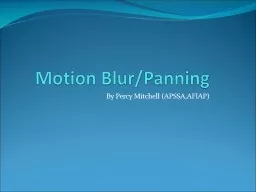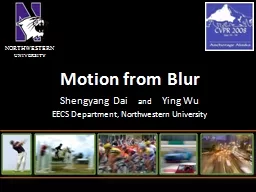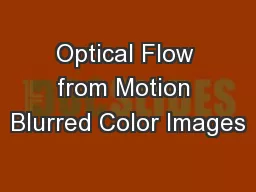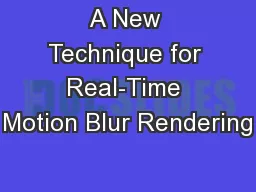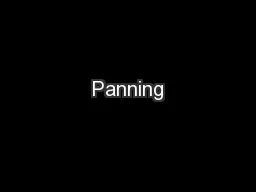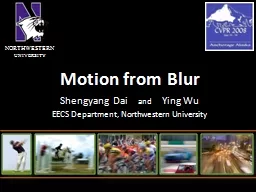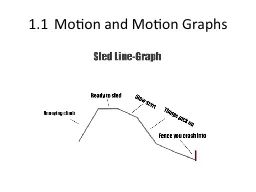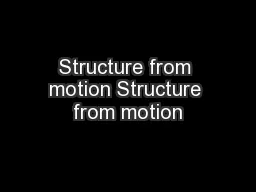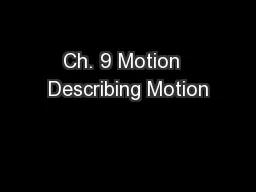PPT-Motion Blur/Panning
Author : phoebe-click | Published Date : 2017-03-24
By Percy Mitchell APSSAAFIAP Panning vs Motion Blur Panning and motion blur These are two techniques that almost every wildlife photographer has played with
Presentation Embed Code
Download Presentation
Download Presentation The PPT/PDF document "Motion Blur/Panning" is the property of its rightful owner. Permission is granted to download and print the materials on this website for personal, non-commercial use only, and to display it on your personal computer provided you do not modify the materials and that you retain all copyright notices contained in the materials. By downloading content from our website, you accept the terms of this agreement.
Motion Blur/Panning: Transcript
Download Rules Of Document
"Motion Blur/Panning"The content belongs to its owner. You may download and print it for personal use, without modification, and keep all copyright notices. By downloading, you agree to these terms.
Related Documents

